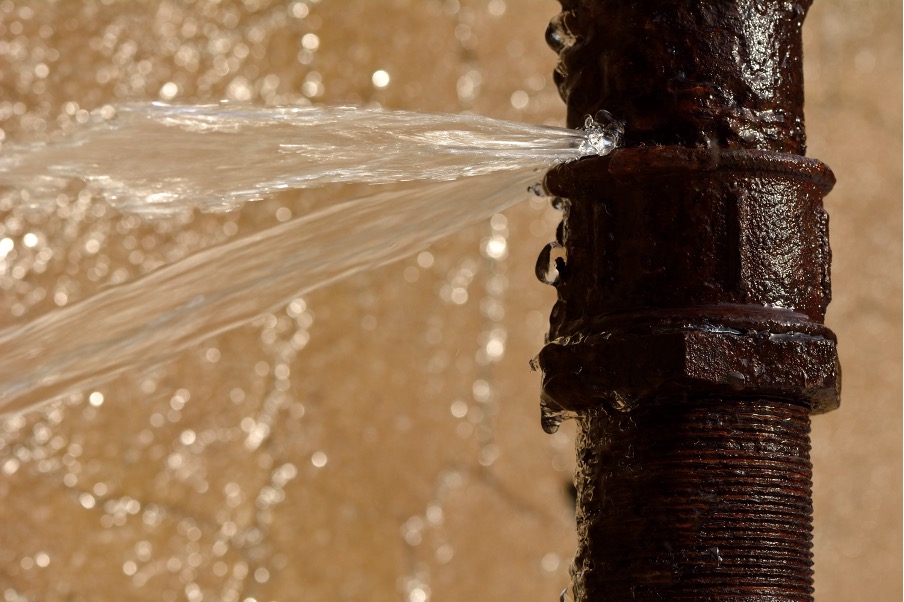Overview To Water Leakage Detection At Home
Overview To Water Leakage Detection At Home
Blog Article
Here down the page you will discover a lot of professional answers when it comes to Locating water leaks.

Early detection of dripping water lines can minimize a possible disaster. Besides conserving you cash, it will certainly lessen the stress and stress. The moment you discover a leak, calling your plumber for fixings is the best service. However, some little water leakages might not show up. If you can not find it with your nude eyes, here are some hacks that help.
1. Examine the Water Meter
Every home has a water meter. Examining it is a guaranteed way that assists you uncover leakages. For beginners, shut off all the water sources. Make sure no one will certainly flush, use the faucet, shower, run the washing machine or dish washer. From there, most likely to the meter and watch if it will certainly alter. Since no person is utilizing it, there must be no movements. That suggests a fast-moving leakage if it moves. If you find no changes, wait a hr or 2 and check back once again. This indicates you may have a slow leak that could also be below ground.
2. Examine Water Consumption
If you find unexpected changes, regardless of your consumption being the exact same, it implies that you have leakages in your plumbing system. An abrupt spike in your costs suggests a fast-moving leak.
A constant rise every month, also with the same behaviors, reveals you have a slow leak that's also gradually rising. Call a plumber to extensively check your building, specifically if you feel a cozy location on your floor with piping underneath.
3. Do a Food Coloring Test
When it comes to water intake, 30% comes from bathrooms. If the shade in some way infiltrates your bowl throughout that time without flushing, there's a leakage between the storage tank as well as bowl.
4. Asses Outside Lines
Don't forget to inspect your outdoor water lines too. Examination faucets by affixing a garden pipe. Must water leak out of the connection, you have a loose rubber gasket. Change this and ensure all connections are limited. If you have actually obtained a lawn sprinkler, it will aid get it skillfully examined and kept every year. One tiny leak can waste lots of water as well as increase your water expense.
5. Check as well as Evaluate the Situation
Homeowners should make it a habit to inspect under the sink counters and also inside cabinets for any kind of bad odor or mold and mildew growth. These two red flags suggest a leakage so punctual attention is called for. Doing routine inspections, even bi-annually, can conserve you from a major problem.
Check for discolorations as well as damaging as many pipelines and appliances have a life expectancy. If you presume leaking water lines in your plumbing system, do not wait for it to intensify.
Early discovery of leaking water lines can minimize a prospective disaster. Some small water leaks may not be noticeable. Inspecting it is a proven means that helps you find leaks. One little leak can lose tons of water as well as surge your water costs.
If you suspect dripping water lines in your plumbing system, do not wait for it to escalate.
WARNING SIGNS OF WATER LEAKAGE BEHIND THE WALL
PERSISTENT MUSTY ODORS
As water slowly drips from a leaky pipe inside the wall, flooring and sheetrock stay damp and develop an odor similar to wet cardboard. It generates a musty smell that can help you find hidden leaks.
MOLD IN UNUSUAL AREAS
Mold usually grows in wet areas like kitchens, baths and laundry rooms. If you spot the stuff on walls or baseboards in other rooms of the house, it’s a good indicator of undetected water leaks.
STAINS THAT GROW
When mold thrives around a leaky pipe, it sometimes takes hold on the inside surface of the affected wall. A growing stain on otherwise clean sheetrock is often your sign of a hidden plumbing problem.
PEELING OR BUBBLING WALLPAPER / PAINT
This clue is easy to miss in rooms that don’t get much use. When you see wallpaper separating along seams or paint bubbling or flaking off the wall, blame sheetrock that stays wet because of an undetected leak.
BUCKLED CEILINGS AND STAINED FLOORS
If ceilings or floors in bathrooms, kitchens or laundry areas develop structural problems, don’t rule out constant damp inside the walls. Wet sheetrock can affect adjacent framing, flooring and ceilings.
https://www.servicemasterbyzaba.com/blog/how-to-detect-water-leakage-in-walls/

We were made aware of that article about Hacks to detect leaks from a good friend on another blog. Do you know someone else who is very much interested in the topic? Take a moment to share it. I value reading our article about Top leak detection hacks.
Report this page